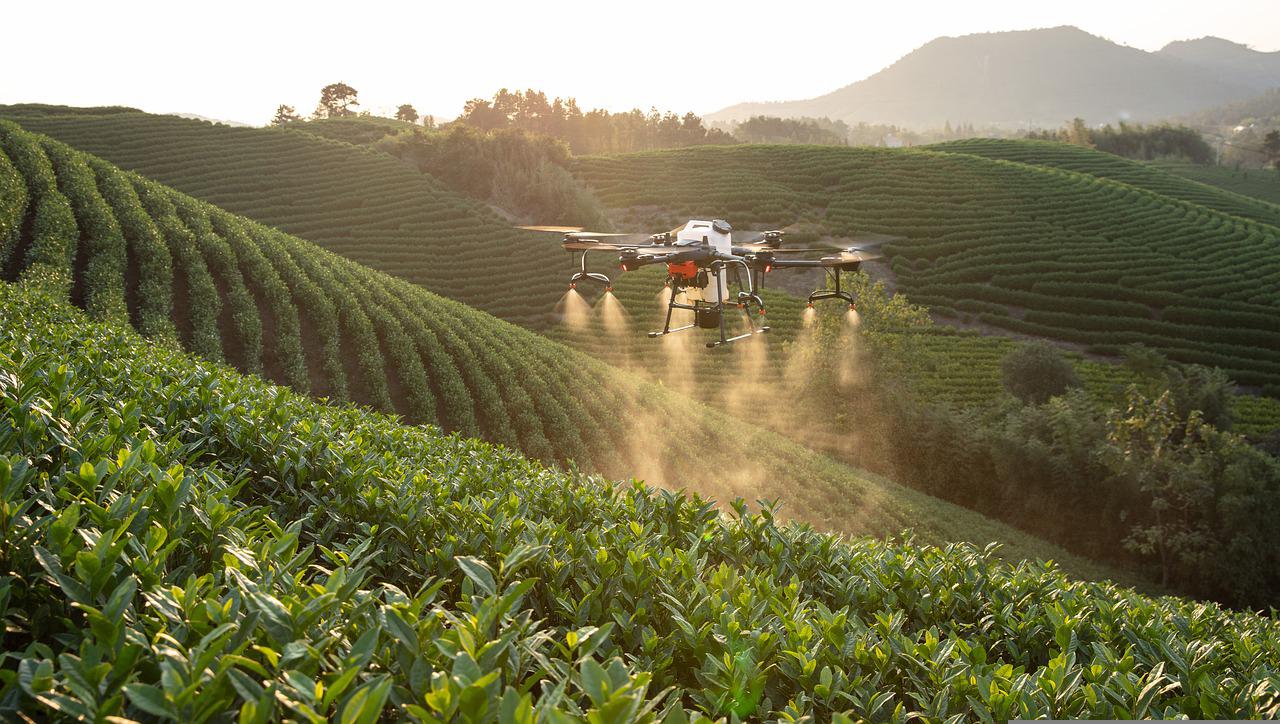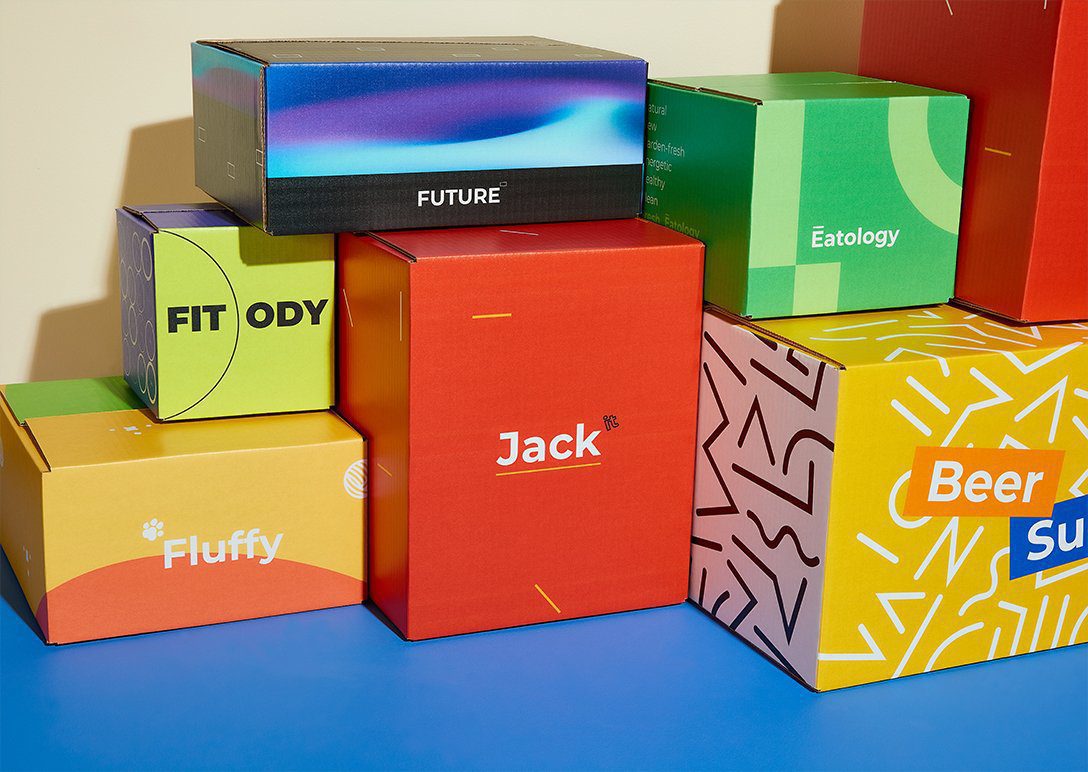
Smart farming is much more efficient than the conventional approach in more than one way. Smart agriculture techniques such as precision farming, livestock monitoring, cattle management, greenhouse automation, agricultural drones, and many more has helped farmers to grow healthy crops even in the lockdown periods. Nascent Info Technologies guided One Water to develop smart irrigation system based on IoT that can detect soil moisture, humidity, and temperature. Agribot has developed its autonomous tractor that consist of a range of sensors to reduce human contact with fertilizers, pesticides, and chemicals during weeding. Desamis has developed U-monitor based on AI that can observe and examine cattle behavior regarding feeding, drinking, standing, moving, & lying.
Emerging technologies have helped numerous sectors in attaining profitability, one of which is the agriculture sector. Smart farming is an advanced concept that uses several smart agriculture solutions with the help of Internet of Things (IoT), artificial intelligence (AI), sensors, and robots to increase the quantity and quality of products. Smart farming is much more efficient than the conventional approach in more than one way. It is an innovative way to decrease human effort and make the best use of available resources.
According to a report published by Allied Market Research, the global smart agriculture solutions market size is projected to grow with a considerable CAGR from 2022 to 2029. Rise in adoption of multiple smart agriculture solutions across several nations have boosted the growth of the market to a great extent.
In addition, the outbreak of the COVID-19 pandemic led to have a positive impact on the growth of the global smart agriculture solutions market. The global lockdown was implemented across the world in order to prevent the spread of virus. Most of the farmers and growers were sent back to their natives, owing to social distancing norms. So, in absence of sufficient human labor force, the demand for smart farming has increased considerably during the pandemic. Smart agriculture techniques such as precision farming, livestock monitoring, cattle management, greenhouse automation, agricultural drones, and many more has helped farmers to grow healthy crops even in the lockdown periods.
Moreover, devastating floods during the rainy season and prolonged drought conditions during the summer season are common issues that hamper the crop yields all over the world. To solve this problem, a company named Nascent Info Technologies guided One Water to develop smart irrigation system based on IoT. This system can detect soil moisture, humidity, and temperature. Accordingly, it provides water delivery to crops while also ensuring minimal to no wastage in water used for agriculture.
On top of this, innovation of autonomous tractors has eased the famers job in many aspects of agriculture. A startup company named Agribot has recently developed its autonomous tractor that can provide numerous advantages. These tractors consist of a range of sensors that can significantly reduce human contact with fertilizers, pesticides, and chemicals during weeding. It saves a lot of time of farmers.
Similarly, a modular robotic platform called Thorvald, developed by Saga Robotics, has made the farmers’ job easier and stress free. This autonomous farm robot can harvest fruits and vegetables, thereby offer protection to the labor from potential accidents or snake bites. These autonomous harvesting robots use ROS software, an open source meta operating system for robots.
Furthermore, Desamis, a Japanese firm, has developed U-monitor based on AI that can observe and examine cattle behavior regarding feeding, drinking, standing, moving, & lying and update the farmers with the same. it provides the data in real-time, thereby helps with the day-to-day caring, breeding, and raising of livestock. Apart from cattle, this device can also monitor sheep, pigs, goats, and chicken. Also, SCR by Allflex & Cowlar are smart agriculture sensors that are used for measuring the temperature, health condition, nutrition insights of livestock.
In smart agriculture, usage of monitoring devices helps to reduce the risk of losing the yields, hence are considered as cost effective. These automated devices enhance the maintenance, production, and distribution of crops in a faster way, which in turn, contributes to a significant growth of the business.
Conclusion:
As the world population is growing rapidly, the world will need to generate 70% more food in 2050, which will sequentially boost the demand for smart agriculture solutions. Also, it has been noticed that agricultural labor in most of the countries has declined. This is owing to adoption of precision agriculture. It has ensured optimum application of resources to achieve high crop yields and reduce operational costs, thus has helped farmers to close the demand-supply gap.
At the same time, smart agricultural solutions help farmed in crop prediction. It helps growers to plan the production of the crop, its storage, marketing techniques and risk management. Here, it is worth mentioning that, with the growing need for smart farming, the global smart agricultural solutions market is definitely going to gather exponential growth in the near future.
Author’s Bio – Suchita Gupta is an explorer, musician and content writer. While pursuing MBA, she found that nothing satisfies her more than writing on miscellaneous domains. She is a writer by day, and a reader by night. Besides, she can be found entertaining her audience on social media platforms. Find her on LinkedIn & Instagram.







